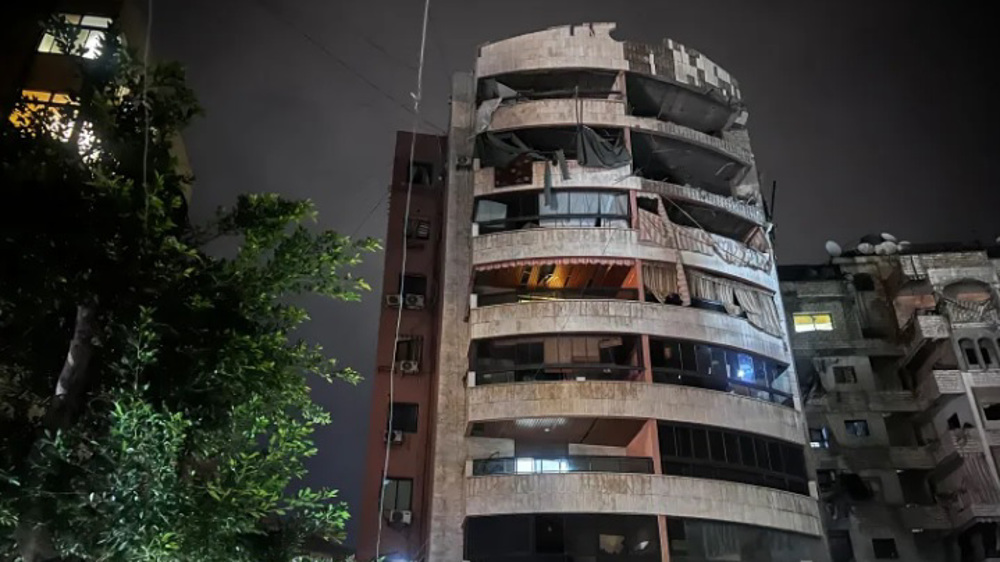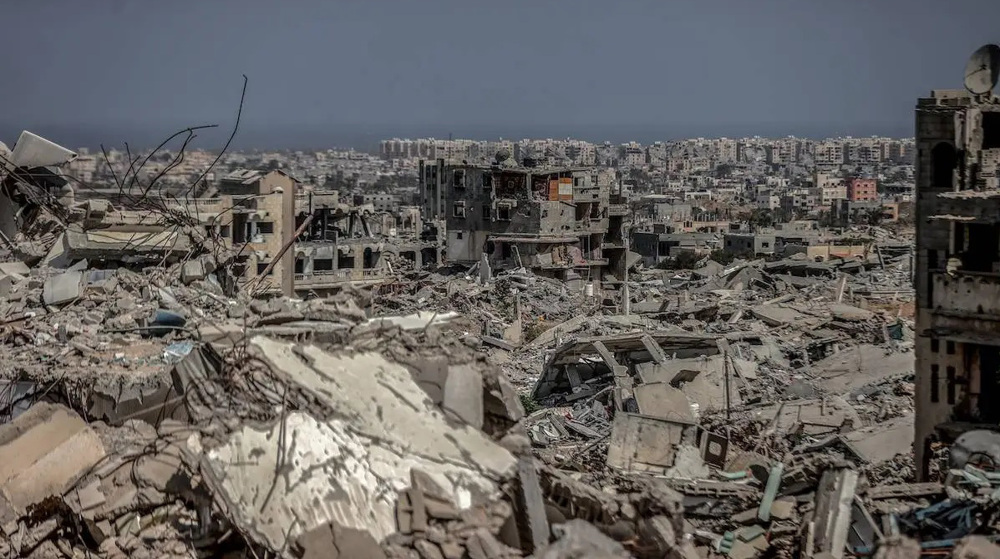Two thirds of structures in Gaza Strip damaged in Israeli genocidal war: UN
An analysis conducted by the United Nations Satellite Center (UNOSAT) shows that two thirds of the total structures in the Gaza Strip have sustained damage in Israel’s ongoing genocidal war on the besieged territory.
Citing high-resolution satellite imagery captured on September 3 and 6, UNOSAT said 163,778 structures sustained damage in Gaza, which accounts for 66% of the total structures there.
The figure includes 52,564 structures that have been destroyed, 18,913 ones severely damaged, 35,591 possibly damaged and 56,710 moderately affected.
The Gaza governorate is the most impacted region overall, with 46.370 structures affected, followed by Gaza City, with 36.611 structures destroyed.
Another report by UNOSAT, done in collaboration with the Food and Agriculture Organization of the United Nations (FAO), found that about 68% of the permanent crop fields in the Gaza Strip exhibited a significant decline in health and density in September this year.
The satellite imagery-based analyses conducted by UNOSAT document the widespread destruction caused by the Israeli aggression on Gaza and highlight the impacted population’s need for support.
“Our objective analyses have been vital for humanitarian response efforts and improving the global community's understanding of the conflict's impact on civilian infrastructure,” said Nikhil Seth, executive director of the United Nations Institute for Training and Research (UNITAR).
Israel launched the war on Gaza on October 7 after the Palestinian resistance movement Hamas waged the surprise Operation Al-Aqsa Storm against the occupying entity in response to the Israeli regime's decades-long campaign of bloodletting and devastation against Palestinians.
The regime’s bloody onslaught on Gaza has so far killed at least 41,615 Palestinians, mostly women and children, and injured 96,000 others. Thousands more are also missing and presumed dead under rubble.

At least three killed in new Israeli aggression on Beirut despite truce

Israeli Finance Minister Smotrich quits Netanyahu regime

Israeli forces kill dozens of civilians in Gaza
At least three killed in new Israeli aggression on Beirut despite truce
In letter to UN, Iran blasts Trump's 'reckless, belligerent remarks'
VIDEO | Press TV's news headlines
Israeli Finance Minister Smotrich quits Netanyahu regime
VIDEO | Leader meets with ambassadors, officials on Eid al-Fitr
VIDEO | Three weeks of US airstrikes fail to stop Yemen’s operations in support of Gaza
Israeli forces kill dozens of civilians in Gaza
Yemeni forces announce downing of US MQ-9 drone









 This makes it easy to access the Press TV website
This makes it easy to access the Press TV website